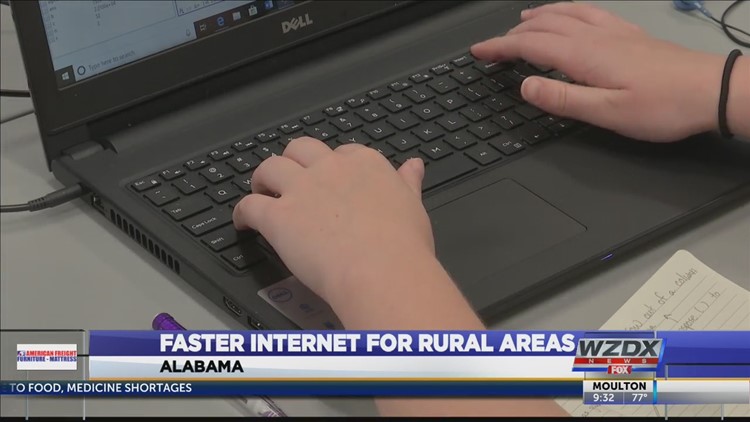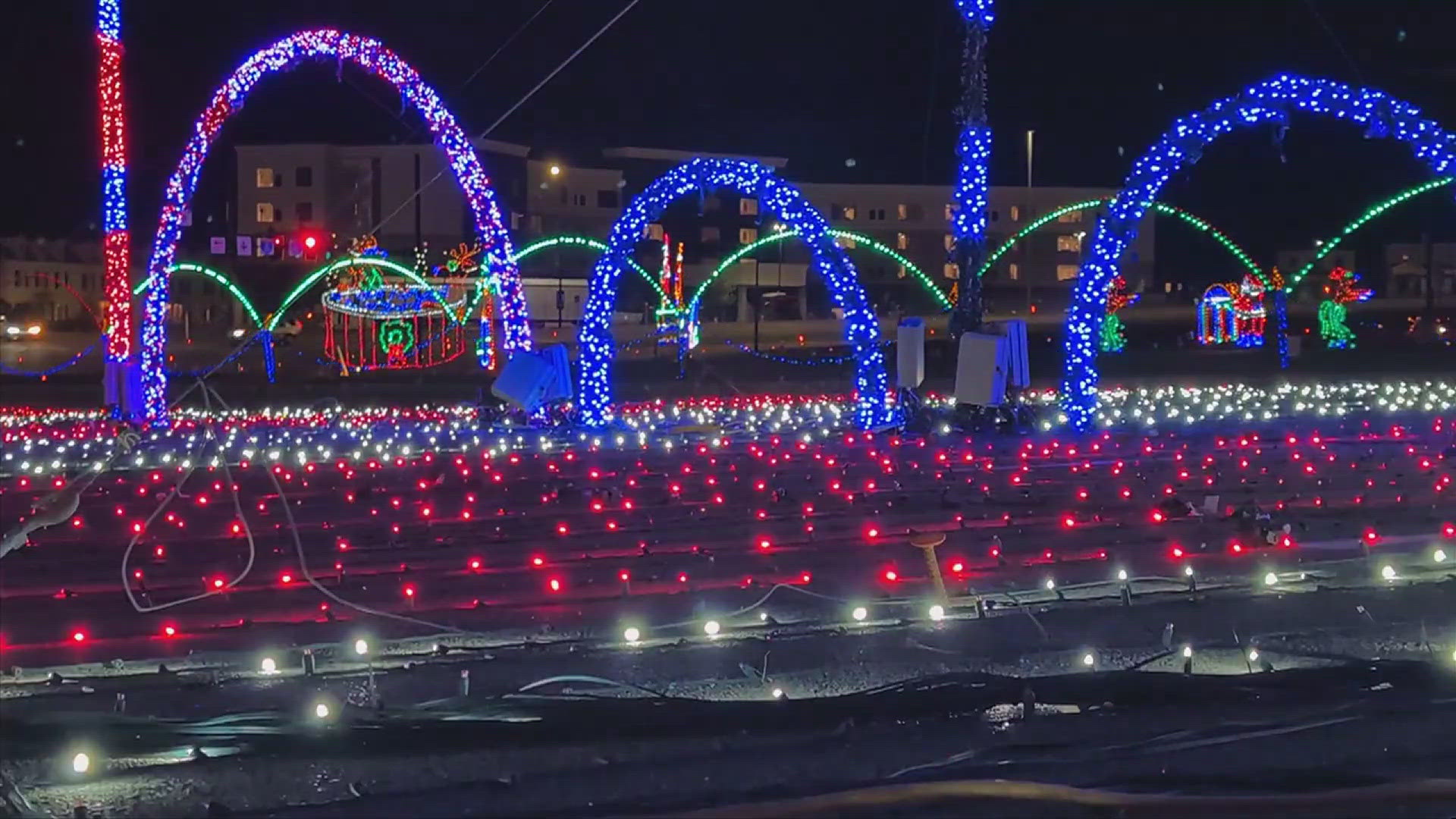State leaders are working with the federal government to bring high speed internet to rural parts of Alabama.
Gov. Kay Ivey was in Guntersville Wednesday, meeting with state representatives and the United States Department of Agriculture. They discussed ways to connect rural communities to the rest of the world.
For many access to our favorite websites is just a click of a mouse but for those who live in rural areas, internet access can be painfully slow.
“We have one America where people have access to broadband internet to educate their children, the other America is cut off from the same opportunities, that find themselves on the outside of the cities and the suburbs,” explained Congressman Robert Aderholt.
Aderholt was able to secure $600 million to put into to the USDA’s budget.
“This is $600 million in additional funding that will enable us to connect rural America. This funding is significant because it represents new resources,” said Anne Hazlett, Assistant to the Secretary for Rural Development at the USDA.
The USDA is designing a pilot program to bring broadband infrastructure to rural Alabama.
“Rural communities like any other place need that infrastructure to thrive not simply survive and when we address those challenges, so many of the other issues that we see in small towns become much more manageable,” Hazlett said.
80 percent of the 24 million Americans who do not have access to high speed internet don’t are living in rural communities like Guntersville.
“The number of stories I hear about children that are doing homework at a McDonald’s parking lot is staggering, so for those kids to be able to do homework whether it’s at a McDonald’s, or anywhere at all, that connectivity is needed,” continued Hazlett.
Connecting rural communities to faster internet means access to advanced education, modern healthcare services and economic development.
“Competitive and attractive to companies in the coming years we must have this crucial high connectivity,” said Gov. Kay Ivey.
Wednesday the USDA launched a new rural broadband website, where they are asking for the public’s input on connectivity in rural America.



